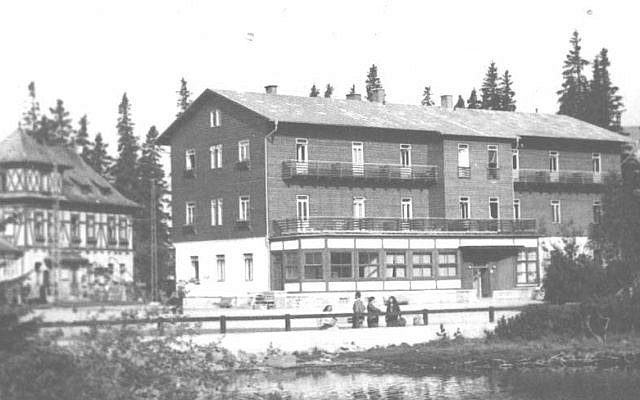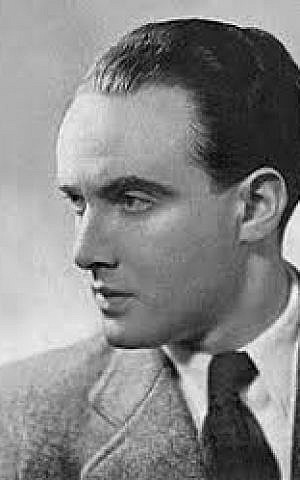How to Continue to Remember
Just as the last matzah crumbs disappear, we move from the pinnacle of our national history, liberation from slavery, to its depths, as we gather to commemorate Yom HaShoah.

Just as the last matzah crumbs disappear, we move from the pinnacle of our national history, liberation from slavery, to its depths, as we gather to commemorate Yom HaShoah, Holocaust Remembrance Day.
One central question always confronts us: how to memorialize the overwhelming number of individuals, some of whom we know and many we don’t.
One answer, albeit inadequate, is to focus on just one whose name we do know and who has a special connection to Atlanta.
His name is Andre Steiner. He was born in 1908 in a small town in Slovakia. Educated in Hungarian language schools, he studied architecture in Czechoslovakia, began his practice, married Hetty Weiner, and in 1940 fled the German-occupied territory to return to Bratislava, the capitol of Slovakia. Its leaders were overwhelmingly pro-Nazi and did not need urging to enact anti-Jewish laws and activities.
In December 1941, more than 7,000 Jews were deported. The following year, 20,000 young Jews and their families were sent to Auschwitz with the Slovak government paying the Nazis 500 German marks per person.

The Jewish response was an entity called the Working Group, which, with the government appointed Judenrat, was dedicated to helping the community in a variety of ways. Never more than six to eight individuals, they were the first in all of occupied Europe who believed the early reports of the true nature of Auschwitz.
Steiner was an original member. He was involved in the negotiations to bribe Slovak and Nazi officials, which resulted in the cessation of deportations for two years. His most important contribution was to convince the authorities to establish workshops within the local forced labor camps to produce useful products in short supply. There, thousands of Jews lived securely for almost three years until the Nazi takeover in 1944.
Steiner survived in hiding, coming to Atlanta in the early 1950s. Employed by Robert and Company, an established architectural firm, he worked on numerous local projects, most notably Ahavath Achim Synagogue.
Join Ahavath Achim on April 27 as we remember Steiner at Yizkor and Greenwood Cemetery on May 5 for Yom HaShoah.
Doris Goldstein is a longtime member of Ahavath Achim Synagogue and author of “From Generation to Generation,” a history of A.A., published for its centennial.



comments